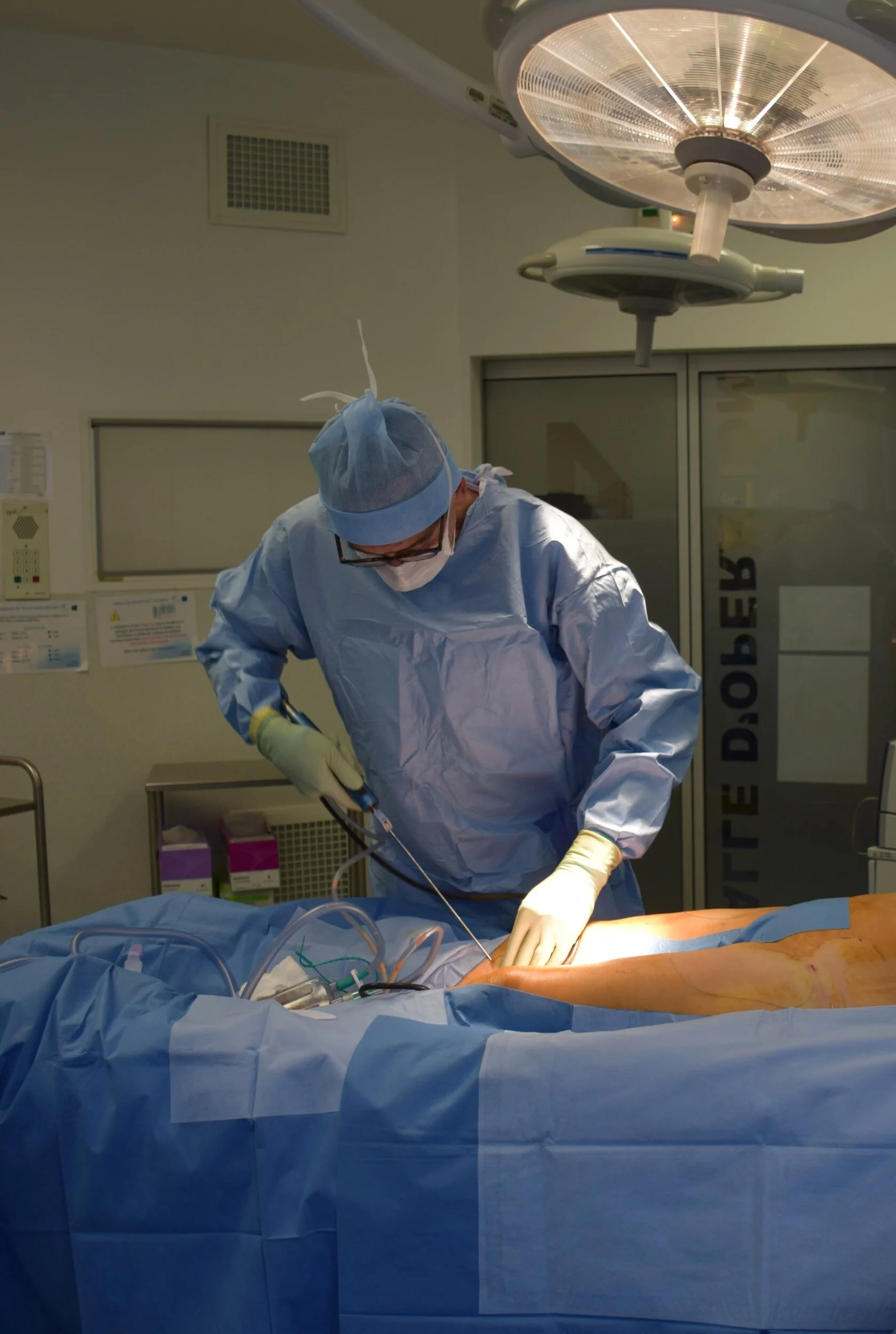How Long Do Fat Transfers to the Breast Really Last? The Truth Revealed
What is fat transfer to breast?
Fat transfer to the breast is a procedure that uses liposuction, or the process of removing fat from other areas of the body, such as the abdomen or thighs, and transferring it to the breasts for enhancement. It’s also known as autologous fat transfer, meaning that the fat is taken from your own body. This procedure does not involve breast implants or other foreign substances, making it a popular and natural option for many people looking to enhance their breasts.
Why does it last?
Most of the fat cells used in the transfer process will survive and stay in place for long-term results, making this a permanent option for breast enhancement. A small portion of the transferred fat will be reabsorbed by the body over time, so you may need to have additional fat transferred later to obtain your desired results. The fat transfer procedure can be repeated as many times as needed. Each procedure can increase the breast size by about one half to a full cup size (e.g. B to C).
Fat Transfer Process
The fat transfer to breast procedure begins with liposuction to extract fat from other parts of the body, such as the abdomen, love handles or thighs, where it is then processed and filtered to ensure that only healthy fat cells and stem cells are used for transfer. The harvested fat is then injected into the breast tissue with a series of tiny injections, where the living fat cells will establish a blood supply via the body’s natural healing process and provide long-lasting volume to the desired area. Because the procedure is minimally invasive, there is virtually no recovery time from the fat transfer portion. Most of the recovery time will be from the liposuction part of the procedure, depending on the extent and locations where fat is taken from.
Benefits of the procedure
Some of the advantages of fat transfer to breast include a minimally invasive procedure with minimal downtime, natural-looking results, and the potential for long-term enhancement. Additionally, since the fat is taken from your own body, there is no risk of an allergic reaction or other adverse reactions associated with artificial implants. Additionally, the fat gives the breasts a natural and soft feel, providing a more aesthetically pleasing result than many artificial implants. To top it all off, you'll experience the incredible advantage of liposuction contouring in the region where fat is extracted!
Who Can Benefit from Fat Transfer to Breast?
Ideal candidates
Fat transfer to breast is an ideal option for those looking for a modest natural enhancement in the size and shape of their breasts, limited to increasing about a cup size. Additionally, this procedure does not involve any artificial implants, making it an excellent option for people with concerns about allergies or other reactions to foreign substances or patients that have had adverse reactions to breast implants in the past. Fat transfer can also be used to replace implant volume if you are looking to remove unwanted saline or silicone implants.
Common misconceptions
It is important to note that fat transfer does not provide any kind of significant lift or elevation to the breasts. If you are missing volume or have deflated breasts following breastfeeding, fat grafting is an excellent option to restore some of the lost volume.
Additionally, this procedure does not involve any breast implants, so if you are looking for a more significant change in breast size, you may want to consider other options.
What to Expect After the Procedure?
Maintenance of results over time
Although fat transfer does provide permanent results, there may still be some degree of reabsorption of the fat cells over time. The normal aging process will also affect any breast size and shape over time. To help ensure that your results last as long as possible, it is important to maintain a healthy lifestyle and diet, as well as avoid any activities that could cause damage or disruption to the breast area. Additionally, you should wear supportive bras and follow post-procedure instructions from your doctor carefully.
If you’re looking for an alternative to implants, fat transfer may be the right choice for you. Talk to your doctor today and find out if this procedure is right for you!
Further reading:


